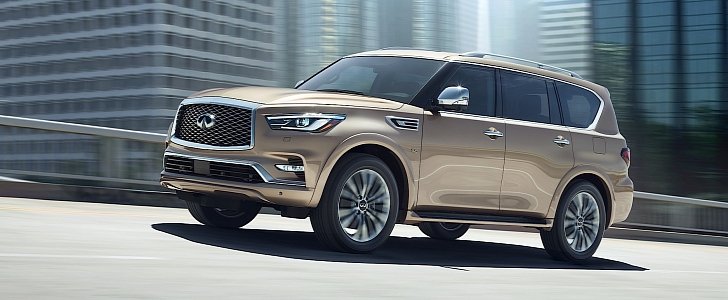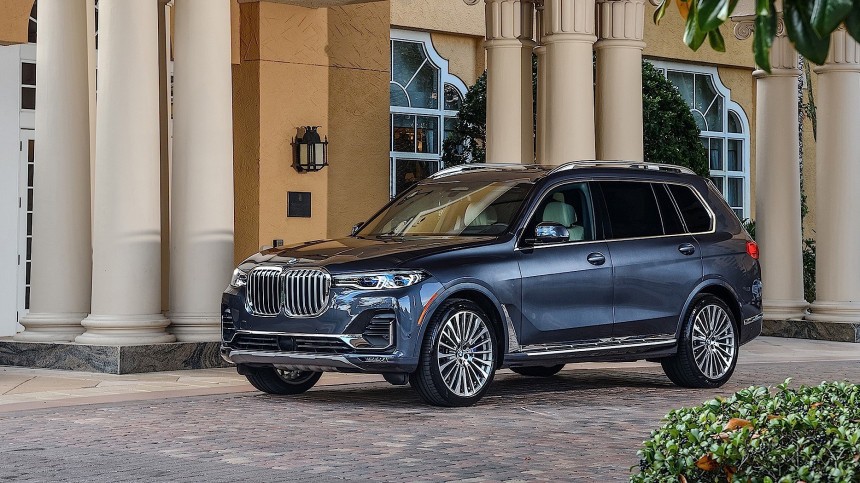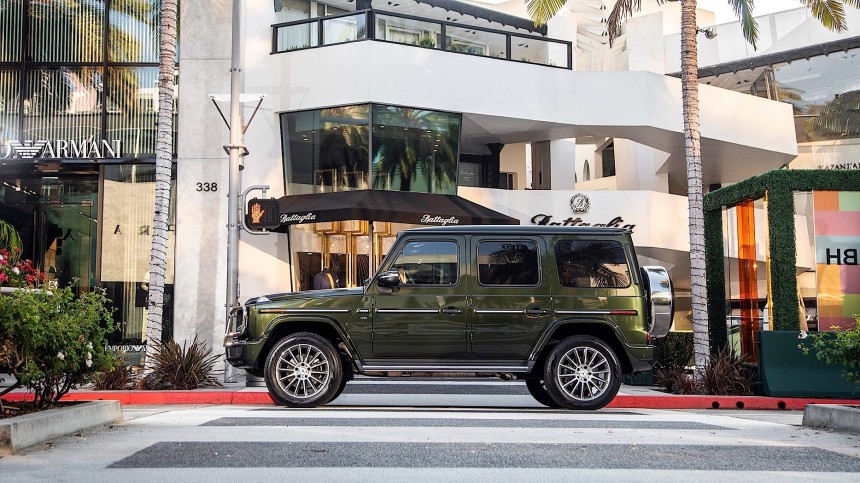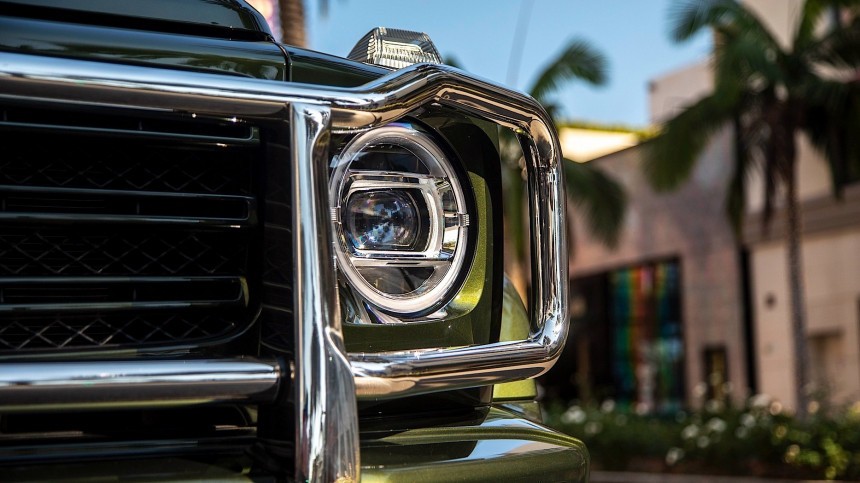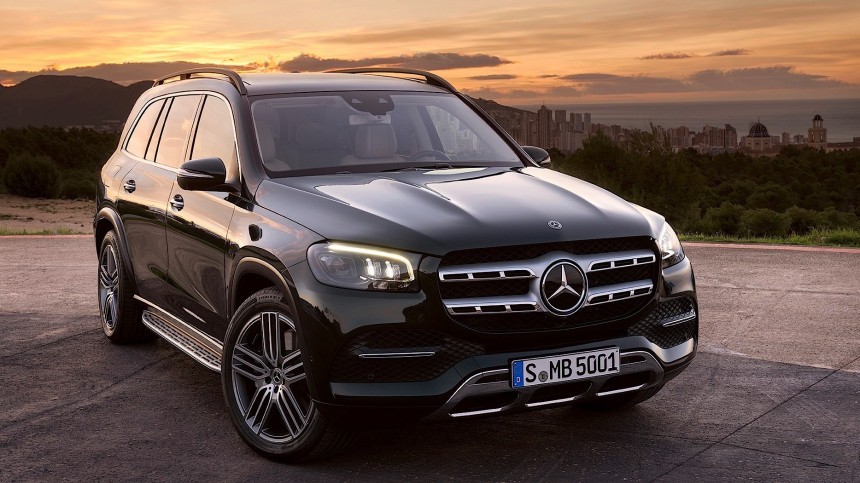High-riding SUVs and crossovers (the distinction between which is sometimes blurred these days) are taking over the world’s roads and are becoming increasingly common in cities as well. This because some buyers genuinely want to sit higher up and have a better view of the road, because it makes them feel safer, but also due to extremely aggressive marketing campaigns by automakers who are pushing for the sale of more such vehicles.
Why are automakers so keen to sell you a high rider? Well, because the profit margins on such vehicles are higher than for regular sedans, hatchbacks, and wagons. In Europe in 2009, around 7 percent of all new cars sold were SUVs. This has jumped to 36 percent now and is expected to rise further, to 40 percent, by the year 2021.
In the U.S., an even higher portion of new vehicles are SUVs. Back in 2016, a whopping 63 percent of all new vehicles purchased were either SUVs or, even worse from a safety standpoint, pickup trucks. And while Americans were already known to have a penchant for driving big (and tall) vehicles, only around 50 percent of new vehicles bought were SUVs and pickups in 2013.
Sure, the manufacturers have been incrementally improving SUVs by making them more efficient, more comfortable and better to drive. And SUVs are better than ever these days, yet the fact of the matter remains they pose a higher risk not only for other (non-SUV) vehicles on the road but also for pedestrians.
Why are SUVs not as safe as regular cars for everybody but the people aboard an SUV? Well, firstly they are heavier, they carry more inertia and are inherently harder to stop. They are also more top-heavy and therefore more prone to rolling.
On top of this, because they are higher than regular cars, with higher-set fascias and a higher hood, when they collide with a lower vehicle, they hit the said vehicle in a point that was never designed to absorb the forces of an impact.
In other words, if you’re driving a regular car and you collide with an SUV, all the time engineers spent to design your car’s clever crash structure and its crumple zones will be negated in an instant. It’s even worse for pedestrians who are far more likely to die if they get hit by an SUV instead of a normal car.
There was a recent tragic event in Germany’s capital, Berlin. The driver of a Porsche Macan mounted a curb, ran over and killed four people. This sparked outrage and protest not just in Berlin, but in other major German cities and it had people crying for the enforcement of measures to prevent something like this in the future - they blamed the exponential proliferation of SUVs.
The response to this unfortunate event garnered from the German public shows that people are aware SUVs pose a safety risk to others (who aren’t in an SUV). Some groups of protesters even went so far as to demand a ban on driving 4x4s in town.
Then there is the issue of SUVs' higher fuel consumption and inherent emissions. One report says that SUVs pollute 14 percent more on average (that’s 16 g/Km more CO2 than a hatchback with the same footprint). This obviously negates part of the effort to make newer vehicles more frugal and cleaner.
Sure, these more frugal and cleaner vehicles do exist, yet when you enter pretty much any automaker’s showroom these days without a clear idea of what kind of vehicle you want, you will most often be steered towards an SUV. In fact, the fact that people are buying these high riders in droves shows that manufacturers’ marketing campaigns designed to make these (more profitable) vehicles popular are working very well.
These are the same manufacturers that are, on the other hand, making progress when it comes to making their vehicles safer and greener. This is coming off as oxymoronic and it shows just how deeply rooted this SUV obsession has become over the past decade.
In essence, sure SUVs and high-riding vehicles have their advantages: the driver has a better view of the road, these vehicles can traverse rough terrain with relative ease compared to their tarmac-only counterparts and they give their occupants a reassuring feeling of safety.
They also look pretty cool and have become a status symbol that trumps any sedan, wagon, and hatchback available at any price - it’s somehow been instilled in our minds that SUVs are cooler than lower riding cars.
The plain truth of the matter is, though, that the feeling of safety you get in an SUV is only that: a feeling. Realistically, SUV brakes are not as effective as those of a regular car, nor are your handling characteristics (and the inherent chance to roll in a sudden avoidance maneuver) - these will help you avoid a crash in the first place, instead of having one and then relying on your car’s bulk to keep you safe.
Okay. You still want your SUV, you will provide me with logical arguments as to why and at the end of your monologue I might even believe that you genuinely want an SUV and know exactly what owning one entails. It is your choice, but you can’t, no matter how hard you try, justify driving one as a daily in the city.
If you live out in the country and your house is located atop a hill and the only way to access it is via a rutted dirt track, then sure, by all means, an SUV is thoroughly justifiable. However, if your situation is not even remotely similar to the above (like, say, you live in a crowded neighborhood and regularly street park your SUV), then no matter what curveball argument you throw my way, I won’t sympathize with your choice.
In the U.S., an even higher portion of new vehicles are SUVs. Back in 2016, a whopping 63 percent of all new vehicles purchased were either SUVs or, even worse from a safety standpoint, pickup trucks. And while Americans were already known to have a penchant for driving big (and tall) vehicles, only around 50 percent of new vehicles bought were SUVs and pickups in 2013.
Why are SUVs not as safe as regular cars for everybody but the people aboard an SUV? Well, firstly they are heavier, they carry more inertia and are inherently harder to stop. They are also more top-heavy and therefore more prone to rolling.
On top of this, because they are higher than regular cars, with higher-set fascias and a higher hood, when they collide with a lower vehicle, they hit the said vehicle in a point that was never designed to absorb the forces of an impact.
In other words, if you’re driving a regular car and you collide with an SUV, all the time engineers spent to design your car’s clever crash structure and its crumple zones will be negated in an instant. It’s even worse for pedestrians who are far more likely to die if they get hit by an SUV instead of a normal car.
The response to this unfortunate event garnered from the German public shows that people are aware SUVs pose a safety risk to others (who aren’t in an SUV). Some groups of protesters even went so far as to demand a ban on driving 4x4s in town.
Then there is the issue of SUVs' higher fuel consumption and inherent emissions. One report says that SUVs pollute 14 percent more on average (that’s 16 g/Km more CO2 than a hatchback with the same footprint). This obviously negates part of the effort to make newer vehicles more frugal and cleaner.
Sure, these more frugal and cleaner vehicles do exist, yet when you enter pretty much any automaker’s showroom these days without a clear idea of what kind of vehicle you want, you will most often be steered towards an SUV. In fact, the fact that people are buying these high riders in droves shows that manufacturers’ marketing campaigns designed to make these (more profitable) vehicles popular are working very well.
In essence, sure SUVs and high-riding vehicles have their advantages: the driver has a better view of the road, these vehicles can traverse rough terrain with relative ease compared to their tarmac-only counterparts and they give their occupants a reassuring feeling of safety.
They also look pretty cool and have become a status symbol that trumps any sedan, wagon, and hatchback available at any price - it’s somehow been instilled in our minds that SUVs are cooler than lower riding cars.
The plain truth of the matter is, though, that the feeling of safety you get in an SUV is only that: a feeling. Realistically, SUV brakes are not as effective as those of a regular car, nor are your handling characteristics (and the inherent chance to roll in a sudden avoidance maneuver) - these will help you avoid a crash in the first place, instead of having one and then relying on your car’s bulk to keep you safe.
If you live out in the country and your house is located atop a hill and the only way to access it is via a rutted dirt track, then sure, by all means, an SUV is thoroughly justifiable. However, if your situation is not even remotely similar to the above (like, say, you live in a crowded neighborhood and regularly street park your SUV), then no matter what curveball argument you throw my way, I won’t sympathize with your choice.
